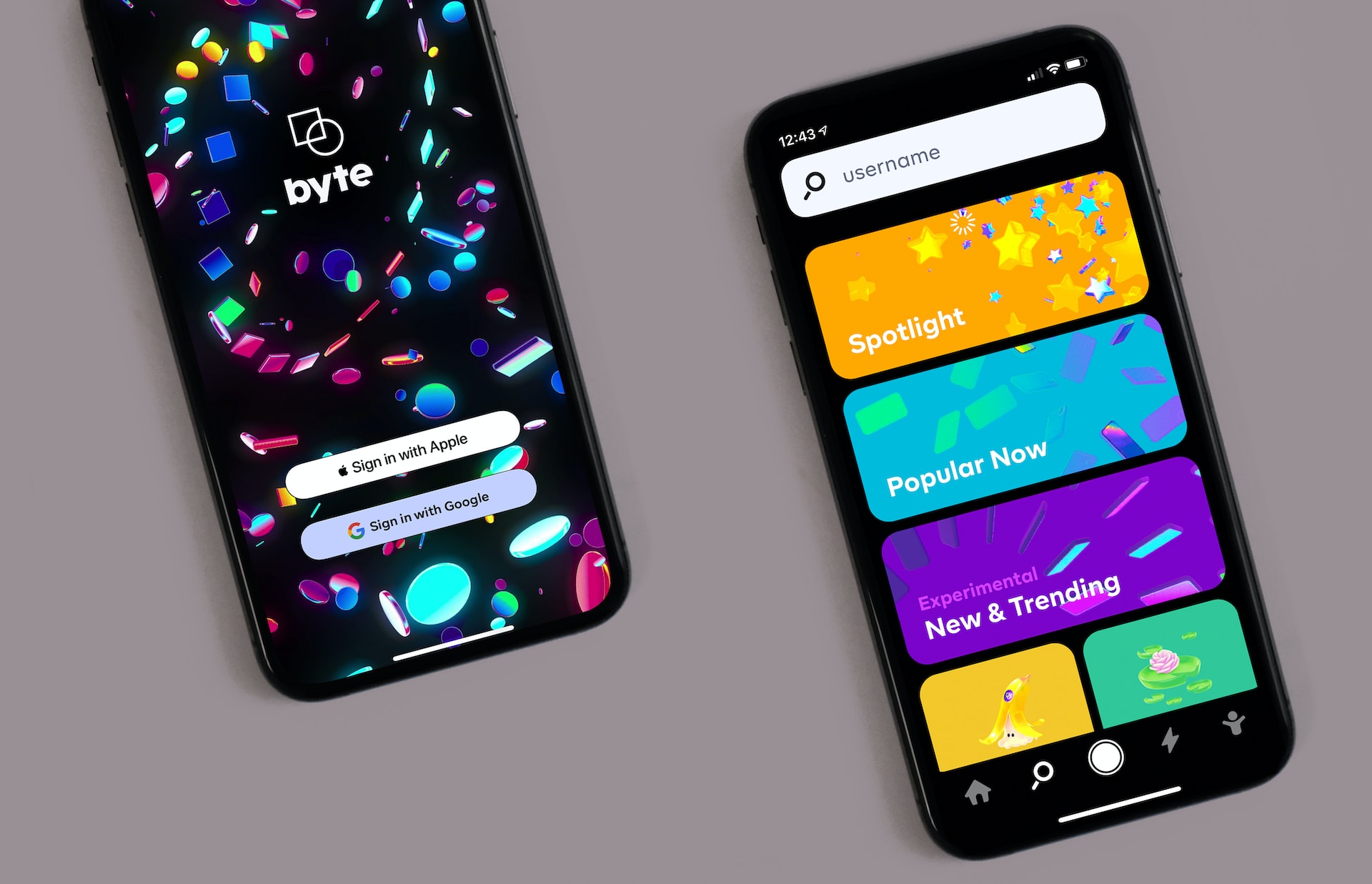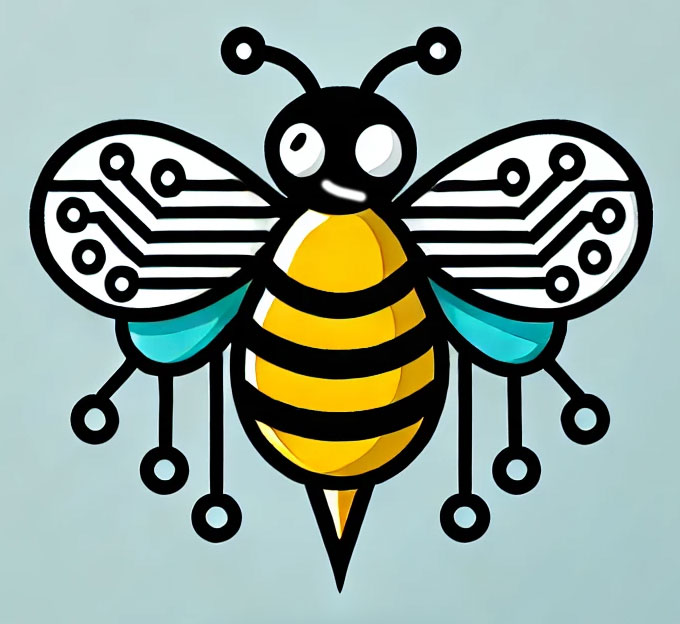
Managing Anxiety in Agile Development: A Developer's Guide
Learn practical strategies for managing anxiety and stress in fast-paced agile development environments. Discover how to maintain mental well-being while meeting sprint deadlines and handling changing requirements.
In the fast-paced world of agile software development, anxiety can become a constant companion. Daily standups, sprint deadlines, and constantly changing requirements can create a perfect storm of stress. This guide will help you navigate these challenges while maintaining your mental well-being.
Understanding Agile Anxiety
Agile methodologies, while designed to improve productivity and flexibility, can sometimes contribute to developer anxiety. Common triggers include:
- Daily Standups: Fear of judgment when reporting blockers or slower progress
- Sprint Planning: Anxiety about estimating story points and committing to deadlines
- Retrospectives: Worry about giving or receiving feedback
- Continuous Changes: Stress from adapting to shifting requirements and priorities
Practical Coping Strategies
1. Reframe Daily Standups
Instead of viewing standups as a performance review, see them as:
- A chance to get help with blockers
- An opportunity to share progress, no matter how small
- A team collaboration moment, not a judgment session
2. Master Sprint Planning
Reduce estimation anxiety by:
- Using historical data to inform estimates
- Being honest about uncertainties
- Breaking down complex tasks into smaller, manageable pieces
- Communicating concerns early and clearly
3. Embrace the Retrospective
Turn retrospectives into positive experiences:
- Focus on process improvements, not personal criticism
- Share both successes and challenges
- Suggest solutions when highlighting problems
- Remember that vulnerability builds trust
4. Managing Change Anxiety
Cope with constant changes by:
- Maintaining clean, modular code that's easier to modify
- Building flexibility into your solutions
- Taking regular breaks to prevent burnout
- Practicing mindfulness during stressful moments
Creating Healthy Boundaries
Time Management
// Example of a healthy work boundary
const workSchedule = {
startTime: '9:00',
lunchBreak: '12:00-13:00',
focusBlocks: ['10:00-11:30', '14:00-15:30'],
endTime: '17:00',
overtime: 'only when truly necessary'
};Communication Practices
- Set clear availability hours
- Use "Do Not Disturb" mode during deep work
- Communicate bandwidth limitations proactively
- Take regular screen breaks
Building Resilience
Develop long-term resilience through:
-
Continuous Learning
- Stay updated with technologies
- Learn at a sustainable pace
- Focus on understanding concepts deeply
-
Team Support
- Build relationships with teammates
- Share knowledge and experiences
- Create a safe space for discussing challenges
-
Personal Growth
- Practice self-compassion
- Celebrate small wins
- Maintain work-life balance
Tools and Techniques
Anxiety Management Toolkit
class AnxietyToolkit:
def breathing_exercise(self):
"""
4-7-8 Breathing Technique
Inhale for 4 seconds
Hold for 7 seconds
Exhale for 8 seconds
"""
return "Repeat 4 times when feeling overwhelmed"
def quick_grounding(self):
"""
5-4-3-2-1 Technique
5 things you can see
4 things you can touch
3 things you can hear
2 things you can smell
1 thing you can taste
"""
return "Use during stressful meetings or deadlines"Conclusion
Remember that feeling anxious in an agile environment is normal and shared by many developers. The key is not to eliminate anxiety completely but to manage it effectively. By implementing these strategies and maintaining open communication with your team, you can create a healthier, more sustainable approach to agile development.
Additional Resources
- Mindfulness for Developers
- Building Resilient Development Teams
- Effective Communication in Agile Teams
Remember, it's okay to prioritize your mental health. A healthy developer is a productive developer, and taking care of yourself benefits both you and your team.

scrumming
A passionate writer and developer sharing insights about technology, coding, and digital experiences.
More Articles
View All
Building Progressive Web Apps: Bridging the Gap Between Web and Mobile
January 04, 2023

